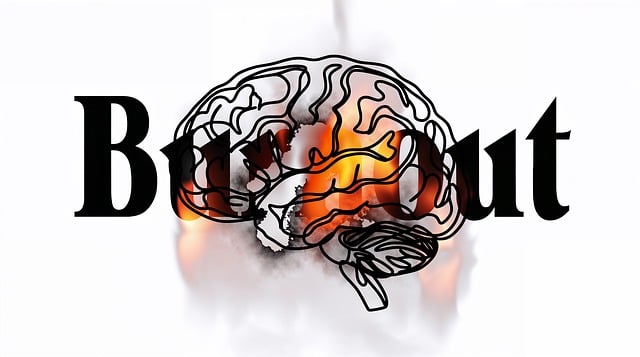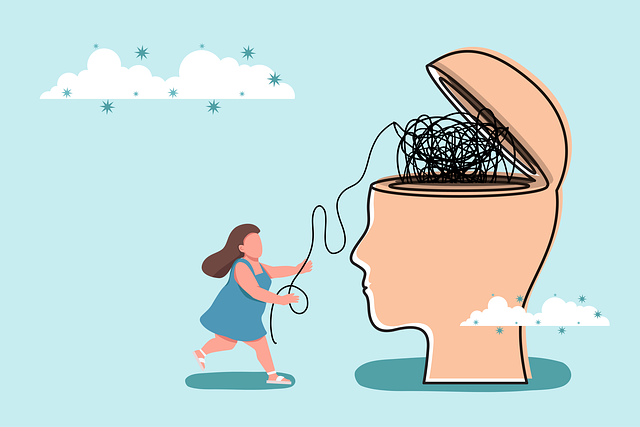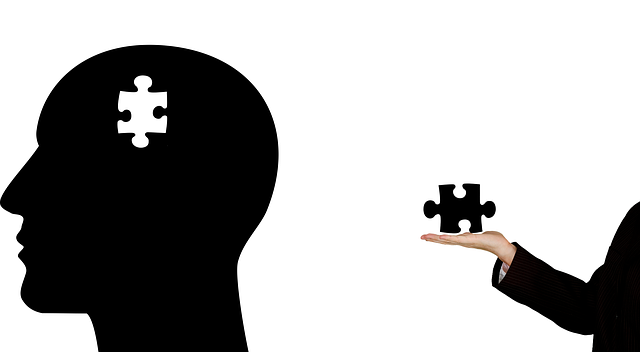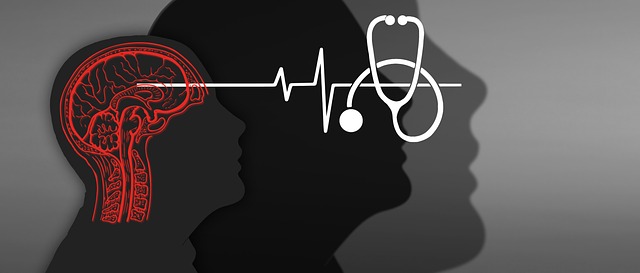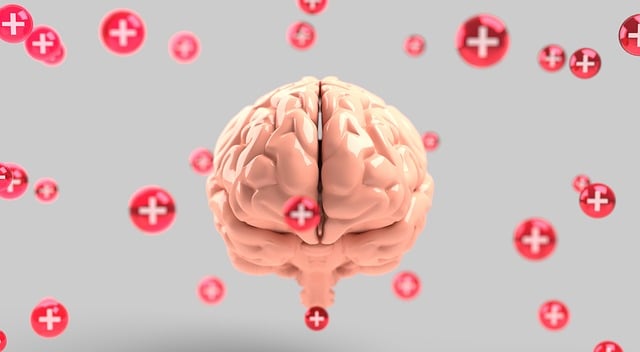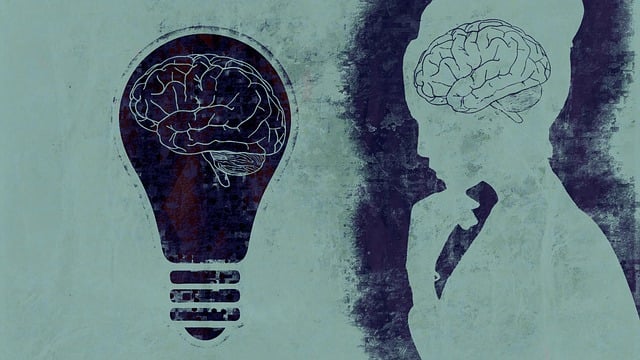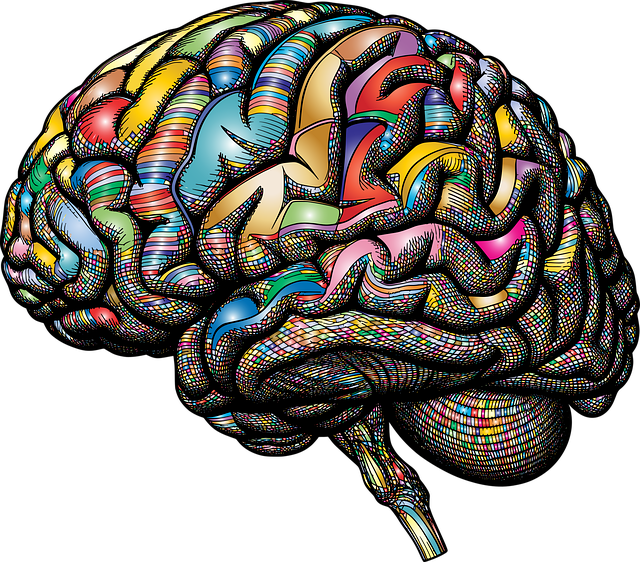Mental wellness journaling, especially with integrated Cognitive Processing Therapy (CPT) techniques, is a powerful tool for children's emotional well-being and mental health. By expressing thoughts and feelings through writing or drawing, kids develop self-awareness, healthier coping mechanisms, and resilience. CPT helps them identify and reframe negative thought patterns, manage anxiety, and process traumatic memories. Journaling exercises, whether physical or digital, offer a safe space for free expression, with consistent time slots emphasizing personal growth. This method aids mental health professionals in risk assessment, cultural competency training, and tailored interventions.
Mental wellness journaling is an effective tool for children, offering a creative outlet to express emotions and process experiences. This article guides parents and caregivers through implementing this therapeutic practice, focusing on Cognitive Processing Therapy (CPT) techniques. We’ll explore how CPT, known for its success in treating trauma, integrates with journaling. Learn practical tips for setting up engaging exercises, tracking progress, and nurturing mental growth. Discover the transformative power of words on paper for a child’s well-being.
- Understanding Mental Wellness Journaling for Children
- Cognitive Processing Therapy and its Role in Journaling
- Setting Up a Journaling Exercise: Tips and Best Practices
- Tracking Progress: Techniques for Measuring Growth
Understanding Mental Wellness Journaling for Children

Mental wellness journaling can be a powerful tool to support children’s emotional well-being and cognitive processing abilities. By encouraging them to express their thoughts, feelings, and experiences through writing, children can develop better self-awareness and coping mechanisms. This practice mimics therapy sessions, allowing kids to explore and process their emotions in a safe space. Journaling provides an outlet for creativity, helping them externalize stress and promote emotional regulation.
Cognitive processing therapy, as one of the effective stress reduction methods, can be incorporated into journaling exercises. Children can reflect on challenging situations, identify triggers, and reframe negative thoughts. This process aids in building resilience and improving their ability to manage anxiety or other mental health concerns. For mental health professionals, integrating journaling into their risk assessment strategies may offer valuable insights into a child’s emotional landscape while fostering effective interventions tailored to their needs.
Cognitive Processing Therapy and its Role in Journaling

Cognitive Processing Therapy (CPT) is a highly effective approach that often finds its way into journaling exercises for children. This therapy focuses on helping young individuals understand and manage their thoughts, emotions, and behaviors by identifying and modifying negative or distorted cognitive patterns. Through CPT-integrated journaling, kids can learn to recognize unhelpful thought processes and challenge them with more realistic, positive alternatives.
For mental health professionals, incorporating CPT into journaling guidance offers a strategic risk management planning tool. By teaching children to process their experiences and emotions in this way, healthcare providers contribute to the development of emotional healing processes. Additionally, cultural competency training can enhance the effectiveness of these practices, ensuring that both the therapist and client are prepared to navigate complex issues while fostering a safe, supportive environment for journaling exercises.
Setting Up a Journaling Exercise: Tips and Best Practices

Setting up a journaling exercise can be a powerful tool for enhancing mental wellness, especially when incorporating techniques like Cognitive Processing Therapy (CPT). Start by choosing a journal that feels right; it could be a physical notebook or a digital document, depending on your preference. Ensure it’s a safe and private space where you can express yourself freely without judgment. Consider using prompts to guide younger users or those new to journaling; questions about their day, emotions, or even specific topics related to therapy like trauma experiences or coping mechanisms can be helpful.
Promote consistent practice by setting aside dedicated time each day or week. Consistency is key in reaping the benefits of journaling. Encourage self-reflection through open-ended questions and highlight that this exercise isn’t about perfection but personal growth. Incorporate techniques from Social Skills Training or Trauma Support Services, such as reframing negative thoughts or identifying coping skills developed, to deepen the therapeutic value of journaling.
Tracking Progress: Techniques for Measuring Growth

Tracking progress is an essential aspect of any therapeutic journey, and mental wellness journaling can be a powerful tool to measure growth. By regularly reviewing written entries, individuals can identify patterns, reflect on achievements, and pinpoint areas that may need further exploration. For instance, cognitive processing therapy techniques encourage journaling about negative thought cycles and their impact on emotions and behaviors. This practice helps in understanding the progression from disturbing events to subsequent cognitive distortions, offering a clear path for challenging and modifying these thoughts over time.
For children engaging in therapy, mental wellness journals can be tailored to their age and stage of development. Simple illustrations or emoticon-based entries can capture their experiences, while also allowing them to visually represent their progress. This visual aspect can be particularly beneficial when assessing risk factors for mental health professionals, as it provides a more comprehensive view of the child’s emotional landscape. Trauma support services can also utilize these tools to monitor improvements in managing traumatic memories and triggering events, ultimately enhancing depression prevention strategies.
Mental wellness journaling can be a powerful tool for children, offering a safe space for self-expression and cognitive processing. By integrating practices from Cognitive Processing Therapy, kids can learn to manage their emotions, process traumatic events, and track personal growth. With the right setup and tracking methods, this simple exercise can have profound effects on a child’s mental wellness, providing them with valuable coping skills that will serve them well throughout their lives.

